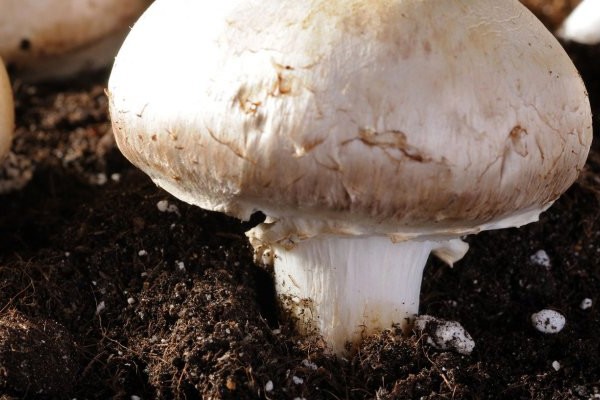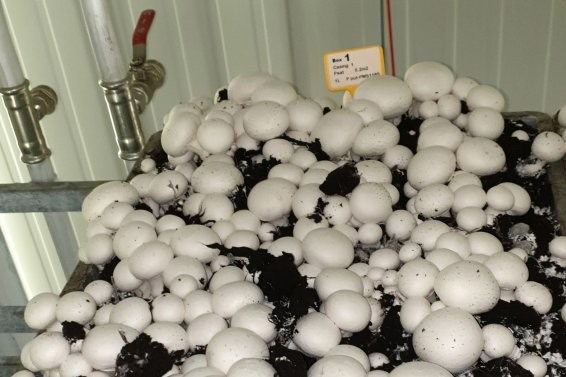Not everyone knows it, but growing our mushrooms uses a lot of peat excavated from valuable natural areas. Growers cover the compost with casing soil composed mainly of peat to stimulate mushroom formation during cultivation. "Within the EU project BIOSCHAMP, in which researchers from Wageningen University & Research are also participating, a casing soil has been developed that replaces at least half of the peat, making it way more sustainable."

Mushrooms are indispensable in Dutch, Italian, French and Chinese cuisines: they are healthy, contain proteins and vitamins. They grow at lightning speed and have high yields, allowing growers to produce a considerable amount of food in a small space. "Farmers grow mushrooms year-round in cells at high humidity and mild temperatures. Cultivation is stable but susceptible to pathogens," says Jan van der Wolf, researcher in Bacteriology. "Mushrooms grow on compost made from natural manure, straw and sugar lime. Growers cover the compost with casing soil composed mainly of peat, a centuries-old collection of decayed plant remains. Peat retains moisture for a long time and stimulates the formation of fruiting bodies. Peat is extracted from fields in the Baltic states, Sweden or Finland. Extraction and transport of peat results in a release of a lot of CO2. Moreover, the availability of peat becomes an increasing problem"
Within the European project BIOSCHAMP, researchers developed alternatives that provide almost the same production as casing soil made entirely of peat and are just as resistant to disease. The researchers built on research carried out within WUR between 2016 and 2020 by PhD student Tanvi Taparia under the supervision of Jan van der Wolf. "It involves a casing soil that contains grass and a casing soil with moss. We continue to work on how much peat can be replaced", says Van der Wolf. He explains that much less peat needs to be extracted for the new casing soils. "Grass grows almost everywhere. Moss is known for its ability to retain large amounts of water. During harvesting, enough spores are left behind. This allows moss to return to pre-harvest levels within a few decades, while peat grows only 1 millimetre per year."

Equally resistant to disease
The use of grass fibres or moss did not lead to an additional risk of disease. To investigate this, the researchers added disease-causing fungi (cobweb fungus, 'wet bubble', 'dry bubble') or bacteria (blotch disease) to the casing soil. "We also examined whether heavy metals or pesticides were present in the new casing soil. The concentrations of these were found to be below established standards."
Currently, five nurseries in Europe, including an organic farm in Serbia, are testing how well the alternatives work in practice. According to Van der Wolf, the preliminary results look promising: "Here too, mushroom yields can be as high as on a casing soil of peat only, and there seems to be no additional risk of diseases. WUR's Economic Research department has calculated how sustainable our alternatives are. Grass fibres can be harvested and produced locally, as grass is growing everywhere. This makes the product extra sustainable and affordable, as hardly any transport is needed. When farmers use the new cover crops, CO2 emissions are reduced, which also has positive effects on the environment."
Source: wur.nl
